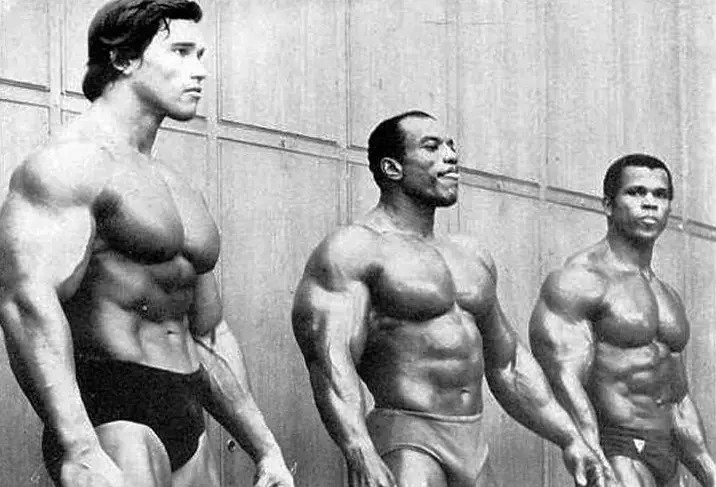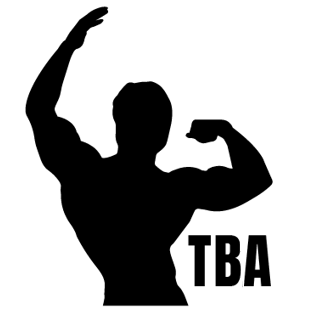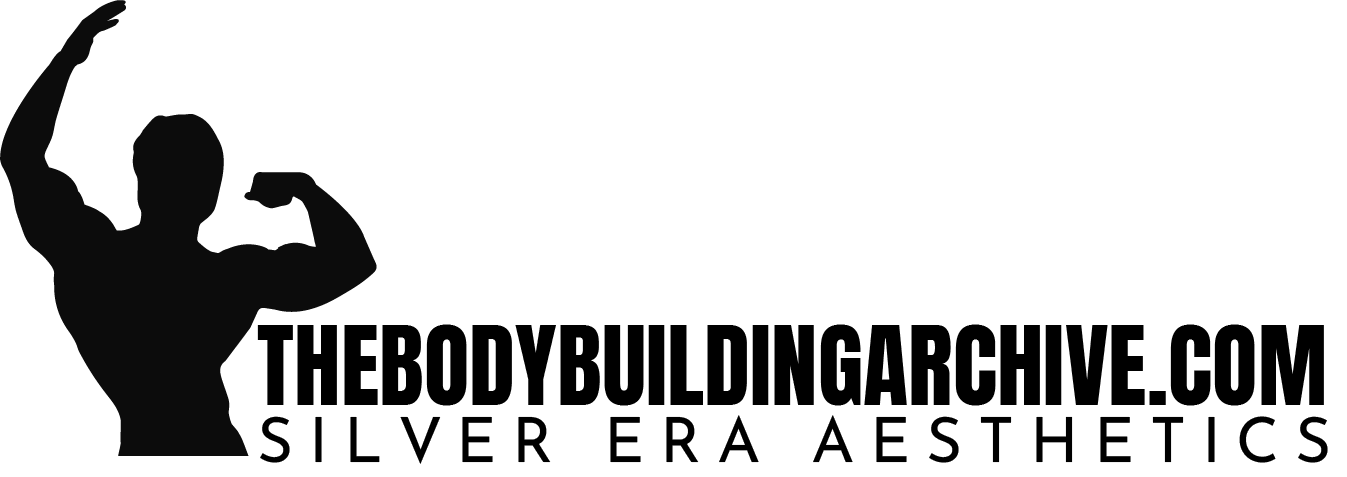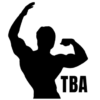Drug testing in professional bodybuilding is a crucial component of the sport to ensure fair competition and maintain the health and safety of the athletes. Various organizations such as the International Federation of Bodybuilding and Fitness (IFBB), National Physique Committee (NPC), and World Natural Bodybuilding Federation (WNBF) implement stringent drug testing policies to prevent the use of banned substances.
Process:
Drug testing typically involves two stages: in-competition and out-of-competition testing. In-competition testing is performed during or shortly after a bodybuilding event, while out-of-competition testing can occur at any time during an athlete’s training period without prior notice (IFBB, n.d.).
Rules:
- Athletes must provide accurate and up-to-date contact information to facilitate out-of-competition testing.
- Refusal to submit to a drug test, tampering with samples, or attempting to evade testing may lead to disqualification and suspension.
- Athletes must inform the relevant authorities about any prescribed medications that could affect the test results.
Specific Testing Procedures:
- Urine samples: Most drug testing in bodybuilding involves collecting urine samples, which are then analyzed using techniques like gas chromatography-mass spectrometry (GC-MS) or liquid chromatography-mass spectrometry (LC-MS) to identify banned substances (WADA, 2021).
- Blood samples: In some cases, blood samples may be collected to detect blood doping, growth hormone, or other prohibited substances that are not easily detectable in urine.
- Athlete Biological Passport (ABP): The ABP is a monitoring program that tracks an athlete’s biological variables over time. This helps identify any abnormal fluctuations in parameters like hematocrit, hemoglobin, and reticulocytes, which may indicate the use of banned substances or methods (WADA, 2021).

Banned Drugs:
The World Anti-Doping Agency (WADA) publishes an annually updated list of prohibited substances and methods. Banned drugs in professional bodybuilding typically fall into the following categories:
- Anabolic agents: These include anabolic-androgenic steroids (AAS) like testosterone, nandrolone, and stanozolol, as well as selective androgen receptor modulators (SARMs) such as ostarine and ligandrol (WADA, 2021).
- Peptide hormones, growth factors, and related substances: Examples are human growth hormone (hGH), insulin-like growth factor-1 (IGF-1), and erythropoietin (EPO) (WADA, 2021).
- Beta-2 agonists: Drugs like clenbuterol, which may have muscle-building effects, are also prohibited (WADA, 2021).
- Hormone and metabolic modulators: This category includes anti-estrogens, aromatase inhibitors, and agents that modulate myostatin function, such as follistatin (WADA, 2021).
- Diuretics and masking agents: Substances like furosemide, hydrochlorothiazide, and probenecid are banned due to their potential to mask other prohibited substances.
- Stimulants: Substances like amphetamines, ephedrine, and cocaine are prohibited due to their performance-enhancing effects and potential health risks (WADA, 2021).
- Narcotics: Opioids such as morphine, oxycodone, and fentanyl are banned because of their potential to mask pain and affect an athlete’s performance (WADA, 2021).
- Cannabinoids: Both natural (e.g., marijuana) and synthetic cannabinoids are prohibited due to their potential to impair performance and pose health risks (WADA, 2021).
- Glucocorticoids: These are anti-inflammatory steroids that can have performance-enhancing effects and are prohibited when administered through specific routes, such as oral, intravenous, intramuscular, or rectal (WADA, 2021).
It is essential to note that this is not an exhaustive list, and athletes are responsible for being aware of and adhering to the most up-to-date version of the WADA Prohibited List.
In addition to the banned substances mentioned above, professional bodybuilding organizations also prohibit certain methods, including:
- Blood doping: This involves the use of blood transfusions or blood products to increase the oxygen-carrying capacity of the blood, thereby enhancing endurance and performance (WADA, 2021).
- Gene doping: This method involves altering an athlete’s DNA through gene editing, gene transfer, or cell manipulation to improve performance or mask the use of prohibited substances (WADA, 2021).
- Intravenous infusions and injections: Unless medically justified and in accordance with specific WADA criteria, the use of intravenous infusions and injections of more than 100 mL per 12-hour period is prohibited (WADA, 2021).
- Tampering or manipulating the doping control process: Any attempt to manipulate or interfere with sample collection, transportation, or analysis is considered a violation (WADA, 2021).
In conclusion, drug testing in professional bodybuilding aims to maintain a level playing field and protect the health and safety of the athletes. Athletes must familiarize themselves with the current list of prohibited substances and methods and adhere to the rules and regulations set by their respective organizations and WADA.
These are the guidelines outlined by WADA and the IFBB. However, if you’ve seen the bodybuilders stepping on stage it’s pretty clear something isn’t adding up. But how do bodybuilders pass drug tests?
Check out the complete article here.
*We are not doctors and this is not medical advice*


